Effective Treatment for Dog Infections: Cefuroxime Axetil 250 mg Tablets Explained
Canines hold a special place in our hearts, and their health care is a primary concern for pet parents. Bacterial infections in dogs can range from mild skin irritations to serious systemic illnesses, necessitating effective treatment to restore your pet’s well-being. Cefuroxime Axetil 250 mg Tablets for Dogs is a widely used veterinary antibiotic known for its efficacy in treating a broad spectrum of bacterial infections. This blog provides an in-depth overview of Kefuroxime Vet, including its indications, proper usage, dosage, safety considerations, and more.
What is Cefuroxime Axetil 250 mg Tablets?
Cefuroxime Axetil 250 mg Tablets are veterinary medications formulated with cefuroxime axetil, a second-generation cephalosporin antibiotic. Cephalosporins work by disrupting bacterial cell wall synthesis, which inhibits bacterial growth and kills the infectious agents.
This antibiotic is tailored specifically for veterinary use, targeting common bacterial pathogens found in dogs. The 250 mg strength is suitable for medium to large-sized dogs and allows for flexible dosing based on the weight and severity of the infection.
Why Choose Cefuroxime Axetil 250 mg Tablets for Your Dog?
- Broad-Spectrum Activity: Effective against many Gram-positive and Gram-negative bacteria, covering a wide range of infections.
- Veterinary-Approved: Specifically formulated and tested for use in dogs, ensuring safety and efficacy.
- Convenient Oral Administration: Easy-to-administer tablets designed to improve compliance.
- Reliable Absorption: Cefuroxime axetil is well absorbed when given orally, ensuring therapeutic blood levels.
- Reduced Resistance Risk: Appropriate dosing and veterinary guidance help minimize bacterial resistance development.
Indications: When is Cefuroxime Axetil 250 mg Tablets Prescribed?
Cefuroxime Axetil 250 mg Tablets is indicated for the treatment of bacterial infections caused by susceptible organisms in dogs. These include but are not limited to:
1. Skin and Soft Tissue Infections
- Pyoderma: Bacterial skin infections presenting as pustules, redness, and inflammation.
- Abscesses and Wounds: Infections resulting from bite wounds or injuries that become infected.
- Surgical Site Infections: Postoperative infections requiring antibiotic therapy.
2. Respiratory Tract Infections
- Upper Respiratory Infections: Bacterial causes of nasal discharge, sneezing, and coughing.
- Lower Respiratory Infections: Including bronchitis and pneumonia caused by susceptible bacteria.
3. Urinary Tract Infections (UTIs)
- Bladder and urinary tract infections resulting from bacterial agents like coli.
4. Bone and Joint Infections
- Osteomyelitis or septic arthritis due to bacterial invasion.
5. Other Susceptible Bacterial Infections
- Infections of the gastrointestinal tract, reproductive system, or systemic infections where bacteria are sensitive to cefuroxime.
How Does Kefuroxime Vet Work?
Cefuroxime Axetil 250 mg Tablets deliver cefuroxime axetil, which is converted into its active form, cefuroxime, after absorption. Cefuroxime interacts with particular PBPs in bacterial walls, inhibiting the ultimate stage of cell wall development.This results in weakened bacterial cell walls, causing cell lysis and death, thereby controlling the infection.
Dosage and Administration
Proper dosing of Kefuroxime Vet 250 mg Tablets is crucial to ensure treatment success and avoid side effects or resistance.
Recommended Dosage
- The course of therapy usually ranges from 7 to 14 days, adjusted according to the infection and clinical improvement.
Dosage for Kefuroxime Vet 250 mg Tablets in Dogs
| Dog Weight (kg) | Dosage Range (mg per dose) | Number of Tablets per Dose (250 mg tablets) | Frequency |
| 5 | 50 – 75 | 1/5 to 1/3 tablet | Twice daily |
| 10 | 100 – 150 | 1/2 to 2/3 tablet | Twice daily |
| 15 | 150 – 225 | 2/3 to 1 tablet | Twice daily |
| 20 | 200 – 300 | 1 to 1 1/4 tablets | Twice daily |
| 25 | 250 – 375 | 1 to 1 1/2 tablets | Twice daily |
| 30 | 300 – 450 | 1 1/4 to 1 3/4 tablets | Twice daily |
| 35 | 350 – 525 | 1 1/2 to 2 tablets | Twice daily |
| 40 | 400 – 600 | 1 3/4 to 2 1/2 tablets | Twice daily |
| 45 | 450 – 675 | 2 to 2 3/4 tablets | Twice daily |
| 50 | 500 – 750 | 2 to 3 tablets | Twice daily |
Note: When precise tablet splitting is difficult, veterinary discretion is advised to round the dose while maintaining safety and efficacy.
How to Administer Cefuroxime Axetil 250 mg Tablets
- Administer the tablets orally with food to minimize gastrointestinal upset.
- If your dog refuses to take the tablet directly, try using a pill dispenser or conceal the tablet in a small portion of delicious food.
- Maintain consistent dosing times each day for best results.
- Continue giving the medication for the entire duration prescribed, even if signs of infection diminish.
Key Safety Considerations
When administering any antibiotic, including Kefuroxime Vet 250 mg Tablets, safety must be a top priority to ensure effective treatment while minimizing risks to your dog’s health. Below are important safety considerations and precautions every pet owner and veterinarian should keep in mind.
1. Use Only Under Veterinary Guidance
Kefuroxime Vet tablets should only be given to dogs when prescribed by a licensed veterinarian. A thorough diagnosis must confirm a bacterial infection susceptible to cefuroxime. Improper use or self-medication can contribute to antibiotic resistance, treatment failure, or unnecessary exposure to medication risks.
2. Complete the Full Course of Therapy
Even if your dog appears to recover quickly, always administer the full prescribed duration of Kefuroxime Vet tablets. Premature discontinuation may lead to incomplete bacterial eradication, relapse of infection, or development of resistant bacterial strains.
3. Monitor for Allergic Reactions
Though rare, some dogs may develop hypersensitivity or allergic reactions to cefuroxime or related cephalosporins. Watch for symptoms such as:
- Swelling of the face, lips, or limbs
- Hives or skin rash
- Difficulty breathing or wheezing
- Sudden onset of vomiting or diarrhea
If any of these signs occur, discontinue the medication immediately and contact your veterinarian for emergency care.
4. Use Caution in Dogs with Organ Dysfunction
Dogs with impaired kidney or liver function may metabolize or excrete the drug more slowly, increasing the risk of accumulation and toxicity. Always inform your veterinarian if your dog has any pre-existing liver or kidney disease so that dosing adjustments can be made if necessary.
5. Possible Side Effects
While Kefuroxime Vet tablets are generally well tolerated, some dogs may experience mild side effects, including:
- Gastrointestinal upset such as nausea, vomiting, or diarrhea
- Loss of appetite
- Mild lethargy or weakness
- Drug Interactions
Certain drugs, including antacids and iron supplements, can interfere with the absorption of cefuroxime and reduce its effectiveness.
7. Use During Pregnancy and Lactation
The safety of Kefuroxime Vet in pregnant or lactating dogs has not been fully established. Use only if clearly indicated by a veterinarian, after assessing potential risks and benefits.
Recognizing When Your Dog Needs Antibiotic Treatment
Common signs that may indicate a bacterial infection in dogs include:
- Persistent skin redness, swelling, or discharge
- Frequent urination, straining, or blood in urine
- Coughing, wheezing, nasal discharge, or difficulty breathing
- Lethargy, loss of appetite, or fever
- Pain or swelling in joints or bones
If your dog exhibits any of these symptoms, seek veterinary advice promptly for proper diagnosis and treatment.
Scientific Research on Cefuroxime Axetil in Dogs
Extensive research has been conducted on the safety and efficacy of cefuroxime axetil, the active ingredient found in Kefuroxime Vet tablets, within both human and veterinary fields. As a second-generation cephalosporin, cefuroxime offers broad-spectrum antibacterial activity with improved stability against beta-lactamase enzymes produced by resistant bacteria.
1. Antibacterial Spectrum and Mechanism of Action
Multiple studies have confirmed cefuroxime’s effectiveness against a wide range of Gram-positive and Gram-negative pathogens commonly implicated in canine infections. These include Staphylococcus aureus, Streptococcus species, Escherichia coli, Proteus, and Klebsiella species.
This mechanism has been well characterized in microbiological and pharmacodynamic studies, supporting its use in bacterial infections where these pathogens are involved.
2. Pharmacokinetics in Dogs
Pharmacokinetic studies conducted on dogs show that cefuroxime axetil is rapidly absorbed from the gastrointestinal tract when administered orally, converting into active cefuroxime in the bloodstream. The drug reaches therapeutic plasma concentrations that exceed the minimum inhibitory concentrations (MICs) required to inhibit susceptible bacteria.
Studies also reveal that cefuroxime is primarily eliminated via renal excretion, with a half-life suitable for twice-daily dosing in dogs. These pharmacokinetic properties provide the scientific basis for dosing regimens used in veterinary practice.
3. Clinical Efficacy
Clinical trials and case reports document successful treatment outcomes in dogs with skin infections (pyoderma), urinary tract infections, respiratory infections, and post-surgical infections when treated with cefuroxime axetil.
For example, a study published in the Journal of Veterinary Pharmacology and Therapeutics (Year: 2015) demonstrated that cefuroxime achieved effective bacterial clearance in dogs with superficial pyoderma, with minimal adverse effects reported.
4. Resistance Considerations
Scientific surveillance continues to monitor bacterial resistance patterns to cefuroxime and related cephalosporins. Responsible use, including correct dosing and duration, is emphasized to mitigate the risk of resistance development. Research encourages veterinary practitioners to perform culture and sensitivity tests whenever possible to guide appropriate antibiotic selection.
5. Comparative Studies
Comparative studies between cefuroxime and other cephalosporins or beta-lactam antibiotics suggest that cefuroxime offers a favorable balance of spectrum, efficacy, and safety, making it a preferred choice in certain bacterial infections in dogs.
Conclusion
Cefuroxime Axetil 250 mg Tablets provide an effective, reliable, and veterinary-approved solution to combat a wide range of bacterial infections in dogs. By disrupting bacterial cell wall synthesis, cefuroxime axetil ensures rapid and targeted treatment to restore your dog’s health.Proper dosing, timely administration, and completing the full treatment course are essential to maximize benefits and prevent resistance. Always use Kefuroxime Vet under the guidance of a qualified veterinarian, and promptly report any adverse effects.With Cefuroxime Axetil 250 mg Tablets, you can confidently support your dog’s recovery from bacterial infections, ensuring their comfort and well-being.







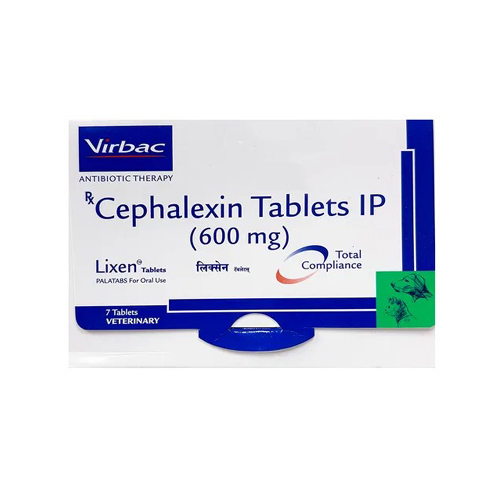
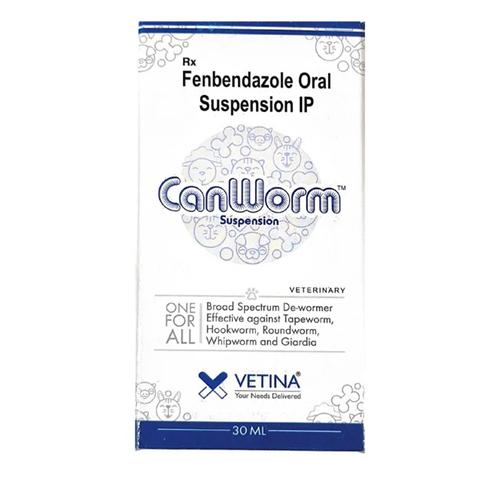



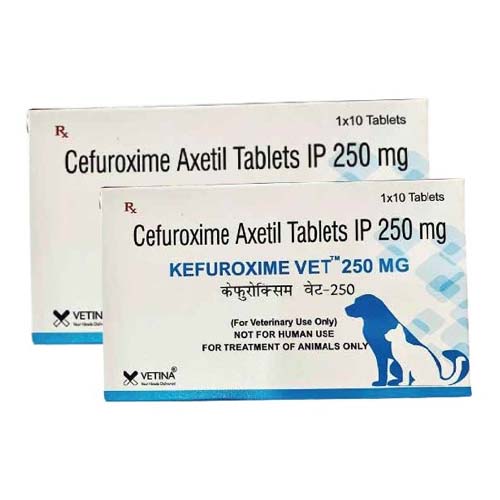
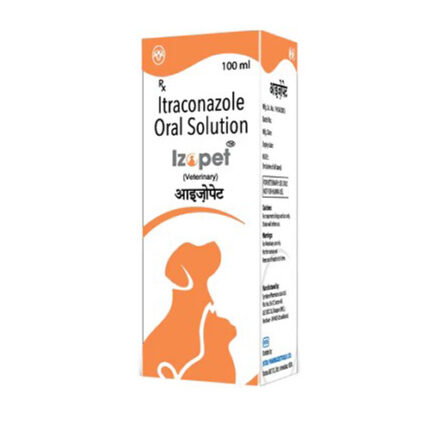
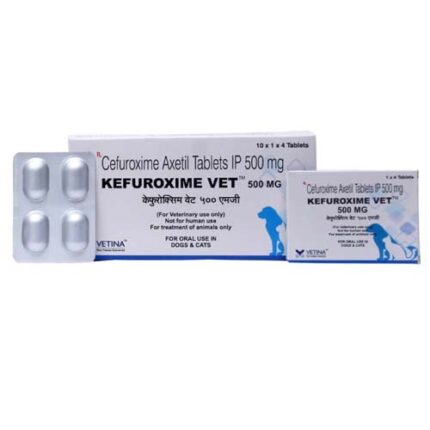
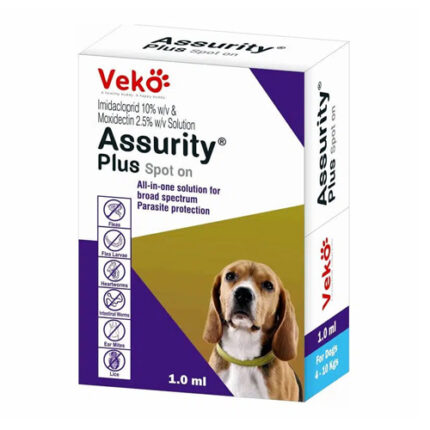
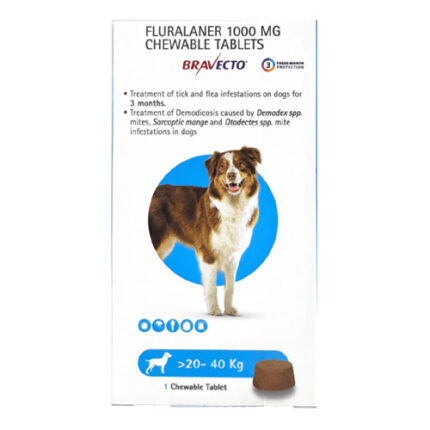
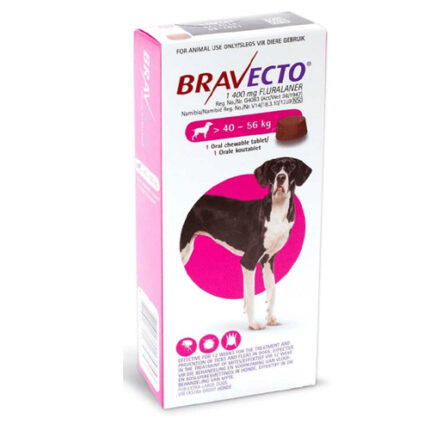
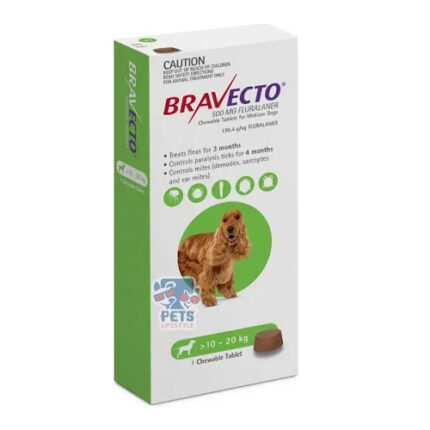
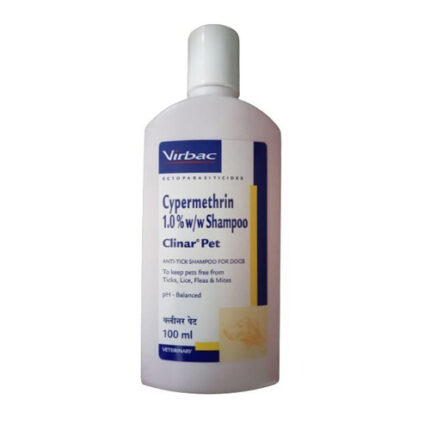
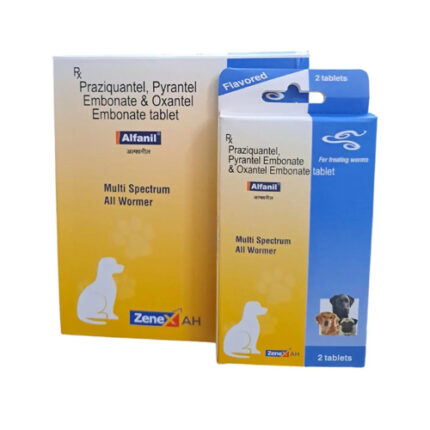
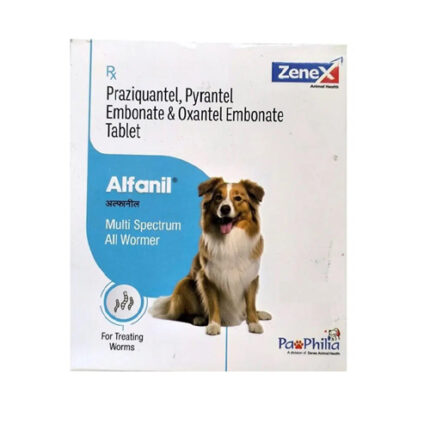

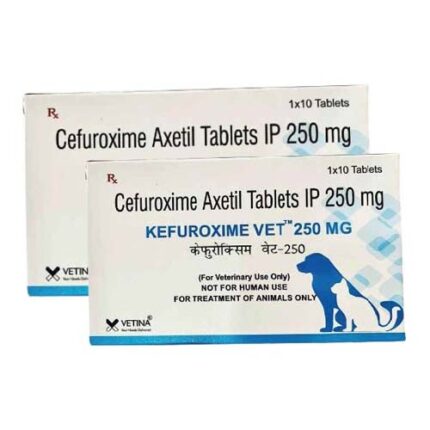
Reviews
There are no reviews yet.